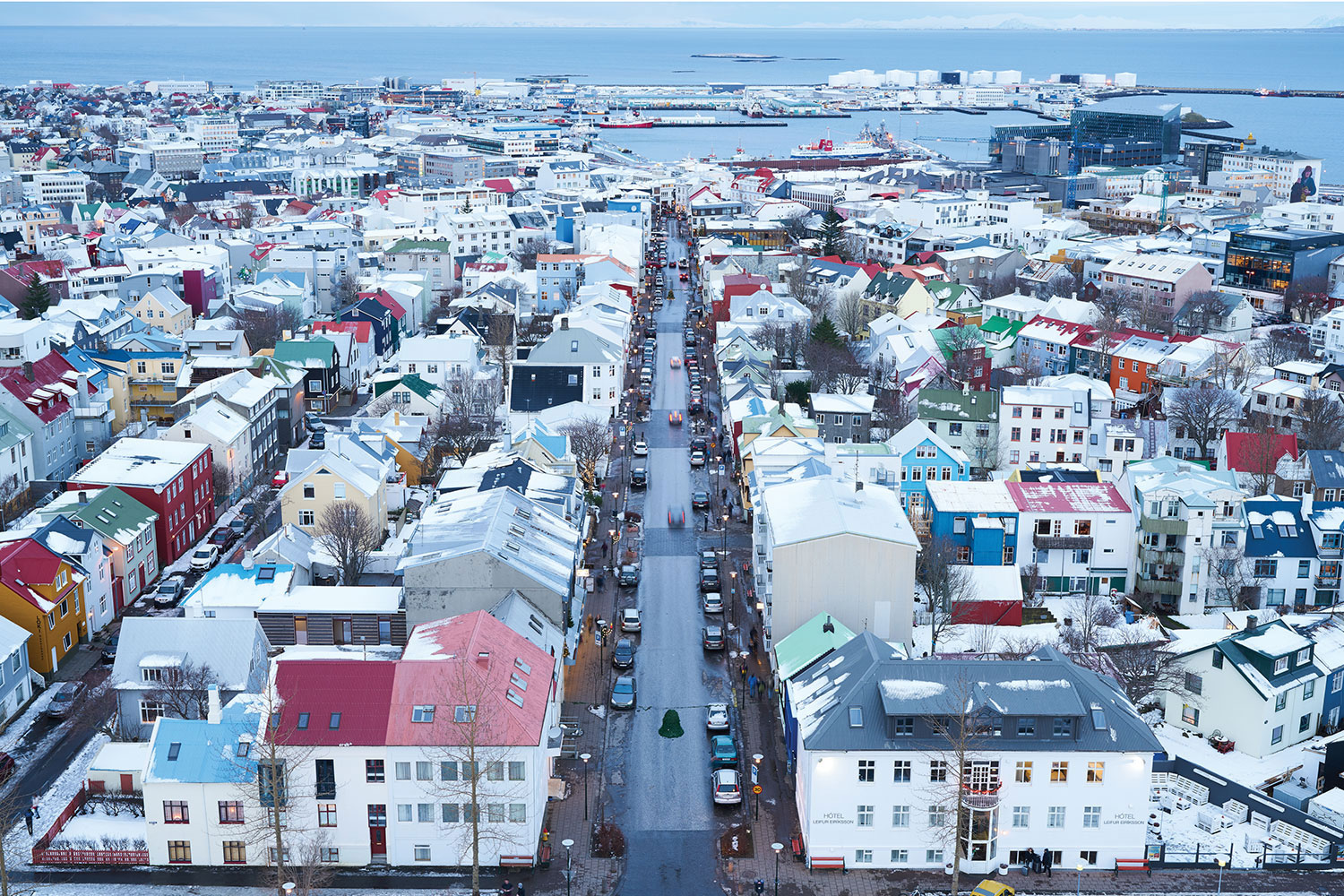
At some point in your photography journey you are going to outgrow your kit lens, the lens that came with your camera. The kit lens is usually a good lens to get started with, but not good enough to allow you to really take advantage of the true power of your camera. Modern interchangeable lens cameras (whether DSLR or mirrorless) are capable of producing images of stunning quality, and the thing most likely to prevent you doing so is the lens. Upgrading your lens is one of the easiest ways to increase the quality of your photography.
Choosing a new lens, however, can be a daunting task—there is such a vast range of options out there. But there a few considerations to keep in mind which can simplify the process. In this article, learn about why you should consider investing in a new lens, what features to look for, the different types of lenses, and how to choose the right one for you.
Table of contents
- Who should buy camera lenses?
- Features to consider when buying a camera lens
- Types of camera lenses
- How to choose the best lens for your needs
- Lens maintenance and care
Who should buy camera lenses?
Whether you’re a professional photographer, a hobbyist, or someone looking to improve the quality of your photos, buying the right camera lens can make a significant difference. Here are some scenarios where camera lenses can be beneficial:
- Professional photographers: For professionals needing specialized tools to capture various scenes, a range of lenses allows flexibility and high-quality output in different situations. A wedding photographer, for instance, may require a versatile zoom lens for candid shots and a prime lens for detailed portraits.
- Hobbyist photographers: Even if you’re just starting, investing in a good camera lens can significantly enhance your practice and allow you to explore different styles and techniques. For example, a wide-angle lens can help you capture stunning landscapes, while a macro lens can bring out the detail in close-up subjects.
- Content creators and influencers: High-quality images are essential to maintaining a strong online presence. Specialized lenses can enhance the look and feel of your content, making it visually appealing to your audience. For instance, a portrait lens can produce stunning headshots with a beautiful background blur.
- Travel enthusiasts: Compact and versatile lenses can help capture beautiful landscapes, detailed close-ups, and vivid memories during travels. A superzoom lens, which combines various focal lengths into one, offers flexibility without the need to carry multiple lenses.
- Wildlife photographers: Telephoto lenses allow you to photograph distant subjects in great detail, which is essential for capturing wildlife in their natural habitat. These lenses help bring the subject closer while maintaining a safe distance.
Features to consider when buying a camera lens
Focal length
The focal length of a lens affects both the angle of view and magnification. Lenses with shorter focal lengths, such as 18mm or 24mm, are perfect for capturing wide-angle shots, making them ideal for landscapes or group photos where you need to fit more into the frame. On the other hand, lenses with longer focal lengths, like 70mm or 200mm, excel at telephoto work. They allow you to zoom in on distant subjects without losing detail.
Aperture (f-stop)
A lens’s aperture, shown as its f-stop number, plays a big role in how much light it lets in and how much of the scene stays in focus. Lenses with lower f-stop numbers, like f/1.8 or f/2.8, have larger openings that let in more light. This is especially useful in low-light situations and for getting that cool effect where the background is blurry, making your subject stand out. On the other hand, higher f-stop numbers, like f/8 or f/16, keep more of the scene in focus, which is great for landscapes or detailed shots.
Image stabilization (IS)
Image stabilization is like having a steady hand that keeps your shots from getting blurry. This is especially handy in low-light situations, when shooting handheld, or at slower shutter speeds. This technology helps cancel out small movements and shakes that can make your pictures look blurry. By keeping these unwanted movements in check, image stabilization helps you get sharp and clear photos, even in tricky situations.
Autofocus
Autofocus helps you quickly zero in on your subject and keep it in focus. This is an important feature for capturing fast action or shooting in low light. Today’s lenses often have advanced autofocus tech that makes focusing faster and quieter, so you can get great shots without missing a beat or dealing with distracting noise.
Lens compatibility
Getting lens compatibility right is key when choosing a new lens. You need to make sure the lens fits your camera’s mount and matches its sensor size, whether it’s full-frame or crop sensor. For example, Canon EF lenses won’t work with Canon M-series mirrorless cameras unless you use an adapter. Double-checking this compatibility helps you avoid any fitting or functionality problems, so you can be confident that your new lens will work perfectly with your camera.
Build quality and weather sealing
Build quality and weather sealing are also important features to consider for a durable and reliable lens. A well-constructed lens can withstand the rigours of regular use and handle various environmental conditions. Weather sealing adds an extra layer of protection, allowing you to shoot in challenging weather conditions like rain or dust. Investing in a lens with robust build quality and weather sealing means you can confidently take your camera into more demanding situations without worrying about potential damage.
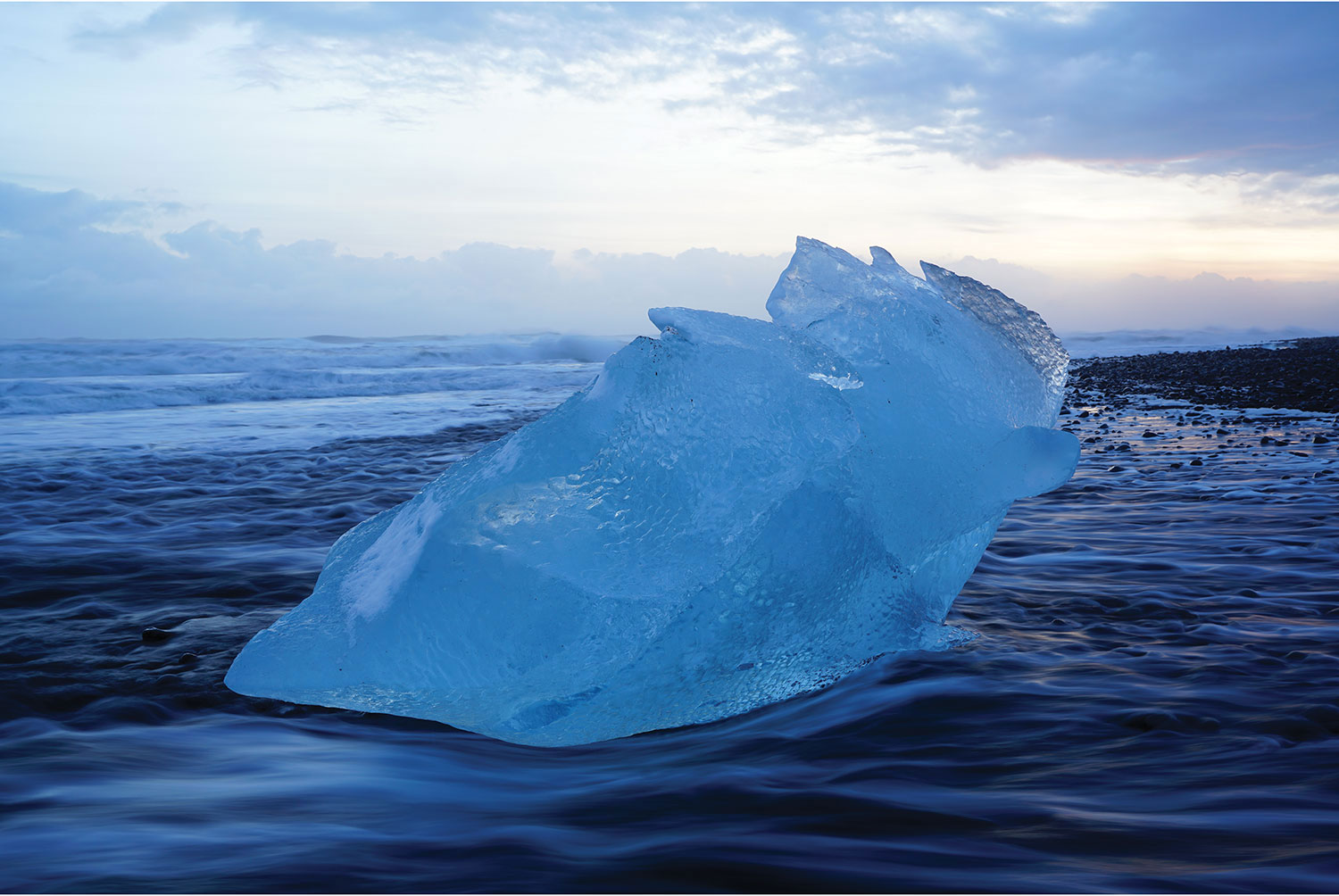
Additional features to consider
Lens coating
Lens coating is applied to the glass elements of a lens to reduce reflections, flare, and ghosting. This improves the overall contrast and colour accuracy of your images. High-quality coatings can make a significant difference when shooting in challenging lighting conditions, such as direct sunlight or night scenes with multiple light sources.
Filter thread
The filter thread size on a lens tells you what size filters you can attach, like polarizers, ND filters, or UV filters. This is important if you use filters to manage light, boost colours, or protect your lens. Knowing your lens’s filter thread size helps you pick the right filters that can make your photos even better.
Minimum focusing distance
This is the shortest distance at which a lens can focus on a subject. A shorter minimum focusing distance allows you to get closer to your subject, which is particularly useful for macro photography and obtaining intricate details in your shots.
Weight and size
The weight and size of a lens can really impact how comfortable you are while shooting, especially if you’re taking photos for a long time. Lighter, more compact lenses are easier to handle and carry around, but they might not have all the features of heavier, sturdier lenses. Think about what you need and how much gear you’re comfortable carrying when choosing the right lens for you.
Crop factor
It’s worth mentioning the ‘crop factor’ that applies to cameras with sensors of different sizes. The focal length stated on the lens presumes that the camera you are using has a ‘full-frame’ sensor, approximately equivalent in size to the old 35mm film standard. In reality, smaller APS-C sensors are more common, which are somewhere around two-thirds the size of a full-frame sensor.
Lenses, as you know, are circular and they actually capture a circular view, but the camera sensor, being rectangular, only captures a cropped portion of this view. APS-C sensors crop out more than full-frame sensors, and so give the appearance of being more zoomed in. Canon cameras with APS-C sensors, for example, have a crop factor of 1.6, which means that a 50mm lens will actually behave like a 80mm lens. So in order to choose the right lens for your camera you need to be aware of the crop factor that applies to that camera.
Types of camera lenses
Prime lenses
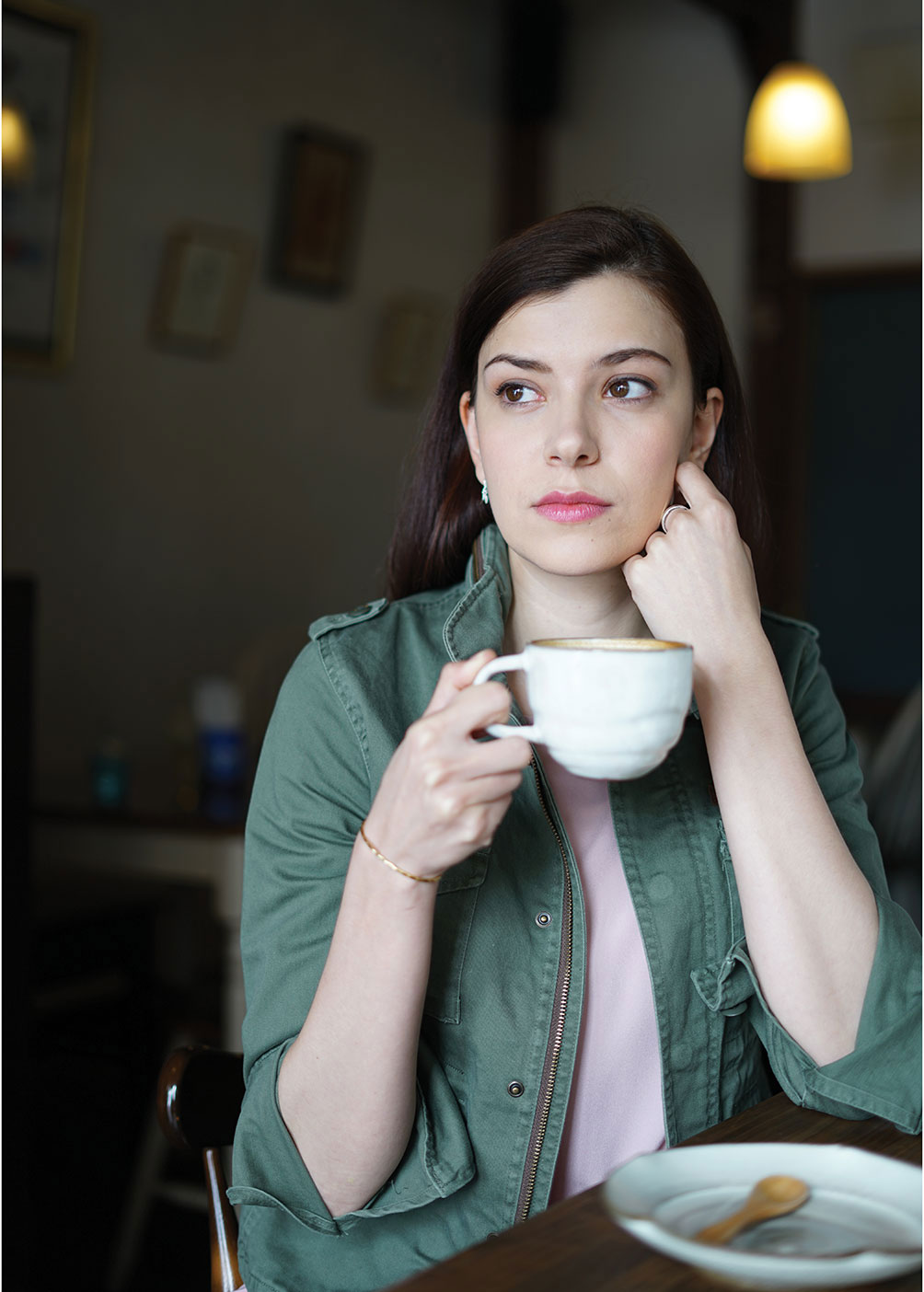
Many photography enthusiasts look only at zoom lenses, and never consider the option of buying a prime lens. But prime lenses, also known as fixed focal length lenses, offer a significant advantage over their zooming cousins. Because they contain fewer glass elements, they create sharper images with greater clarity.
Prime lenses have one more advantage over zoom lenses because they usually have a large maximum aperture. And, as mentioned, a larger aperture lets in more light and allows you to create dreamy, blurred-out backgrounds that portrait photographers love.
In terms of value for money, it’s hard to beat a prime lens. It’s true that you have do more work to frame your images the way you want, by physically moving closer to, or further from your subject, but this can actually help you become a better photographer by forcing you to think more carefully about your framing.
Telephoto zoom lenses
Nature and wildlife is a hugely popular area of photography, but it’s also a uniquely challenging one because your subjects are often skittish and elusive. They are difficult to get close to, and in the process of trying to do so, you’ll probably scare them off anyway. So you want a lenses that will allow you to get closer without actually getting closer; enter the telephoto zoom lens. You’ll likely want a lens that can go to at least 200mm, less than that and you may find yourself struggling to fill the frame with your subject.
Telephoto lenses are also perfect for sports, and events where you need to capture subjects from a distance.
Wide-angle lenses
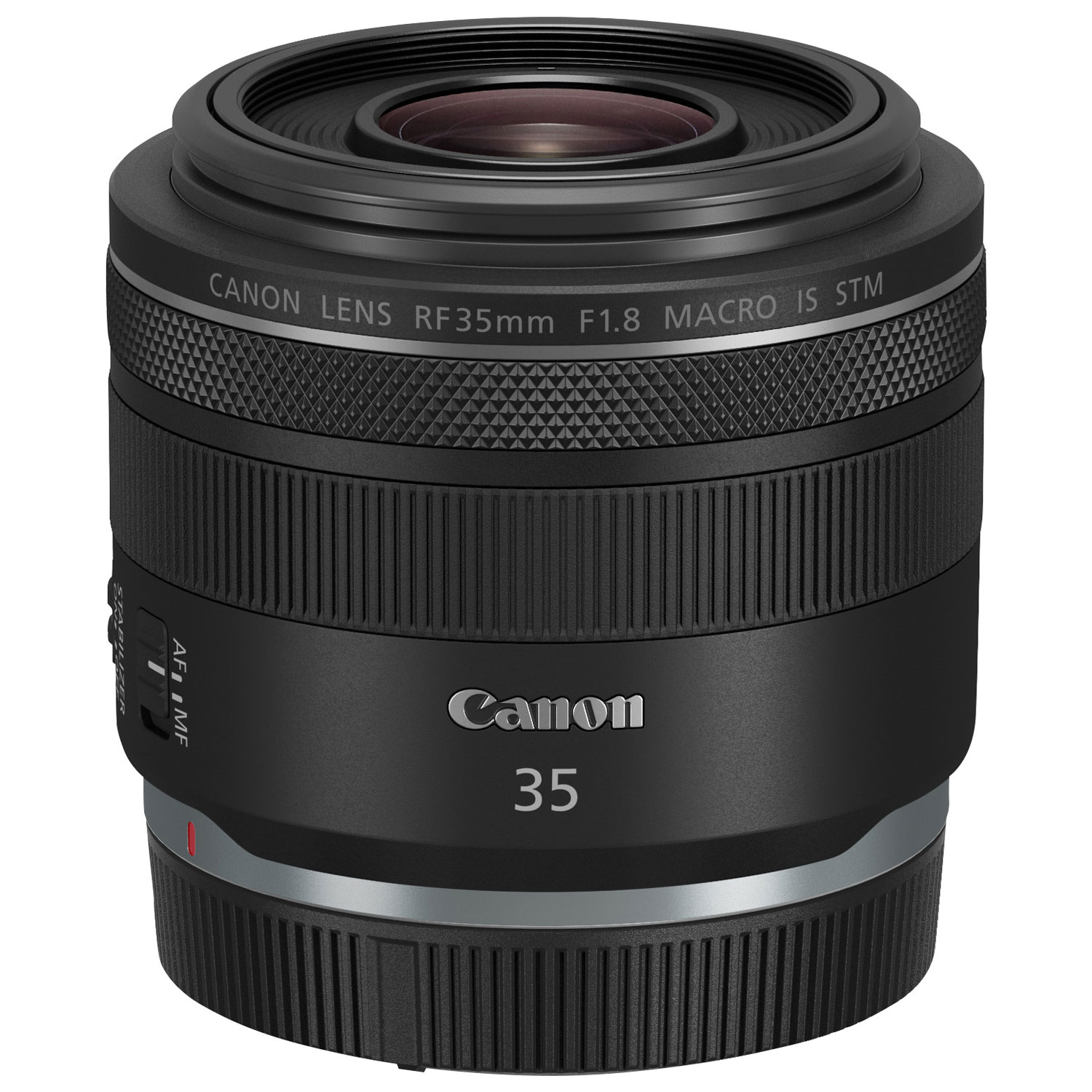
Wide-angle lenses are generally in the range of 16-35mm, and they allow you to capture more of the scene in front of you than longer lenses. Street photographers often favour this type of lens, for example, and they are also very useful when photographing interiors or architecture, anything where space might be limited. The downside of wide angle lenses is that they tend to distort things, giving you a sort of ‘bulge’ effect. This is why wide angle lenses are generally not used for portraits.
Macro lenses
Macro lenses are a specialized type of lens used to create close up images that reveal a level of detail not visible to the human eye. You’ve probably seen some of those amazing close-ups of flowers; these require a macro lens to create. What’s unique about macro lenses is that they have a very short minimum focusing distance, you can get very close to the subject of your photograph and thereby capture all that amazing detail. Macro lenses are often prime lenses too, and can be used for other types of photography. The focal length is usually long enough that they can be used for portraits too.
How to choose the best lens for your needs
Selecting the perfect lens for your photography can feel overwhelming due to the vast variety of options available. However, by considering a few key factors, you can narrow down your choices and find the right lens to meet your needs and enhance your photography.
1. Identify your primary photography style
First, think about what kind of photography you love or want to try. Are you drawn to landscapes, portraits, wildlife, or sports? As mentioned, different types of photography work better with different lenses. Figuring out your favorite style will help you choose the lens that’s just right for you.
2. Consider your shooting environment
Think about where and when you usually take photos. If you often shoot in low light or indoors, a lens with a larger aperture (like f/1.8) is great for getting clear, bright images. If you’re outside a lot in extreme weather or dusty places, look for a lens that’s built to handle tough conditions with weather sealing and sturdy construction. Matching your lens to the places you shoot most often will help you get the best results and keep your gear performing well.
3. Check lens compatibility
Make sure the lens you pick works with your camera body and sensor size. Different brands and models have their own mounts and needs, so double-check compatibility before you buy.
4. Consider your budget
Lens prices can vary widely, so it’s a good idea to set a budget that fits your needs. More expensive lenses often have better performance and build quality, but you can also find great lenses at lower prices. Figure out what features matter most to you and look for a lens that gives you the best mix of quality and cost. Camera accessories can be very beneficial in the proper maintenance of camera lenses.
Check out the camera accessories available at Best Buy for more options to keep your gear in top condition.
Lens maintenance and care
Taking good care of your camera lens will help keep it performing at its best and extend its lifespan. Here are some easy tips to help you maintain and protect your lens:
- Keep it clean: Dust and smudges can affect your photos, so it’s important to clean your lens regularly. Use a lens blower or soft brush to get rid of dust, and for fingerprints or smudges, gently wipe the lens with a microfibre cloth and lens cleaning solution.
- Use lens caps and filters: When you’re not using your lens, keep it protected with the lens cap. This helps guard against dust, scratches, and bumps. You might also want to use a UV or clear filter, which acts as an extra layer of protection for your lens glass. If the filter gets dirty or damaged, it’s easier to clean or replace than the lens itself.
- Store it right: When you’re not using your lens, store it in a cool, dry place to avoid moisture and extreme temperatures. A padded case or lens bag is a great idea to keep it safe from knocks and bumps.
- Handle with care: Try not to touch the glass elements of your lens with your fingers, as oils and dirt can cause smudges or affect image quality. When handling your lens, hold it by the barrel instead of the glass to keep it clean and safe.
- Check for issues: Every so often, check your lens for any signs of wear or damage, especially around the lens mount and internal parts. If you notice anything unusual, like autofocus problems or strange noises, it’s a good idea to have a professional take a look.
Take your photography to the next level with a camera lens
Choosing the right lens is key for improving your photography and getting the best shots. Look at important features like focal length, aperture, image stabilization, and autofocus to find a lens that matches your style and needs. Don’t forget to check that it’s compatible with your camera and consider any additional features that might be useful.
Equally important is the ongoing maintenance and care of your lens. Regular cleaning, proper storage, and handling will help keep it performing well and lasting longer. With the right lens and some TLC, you’ll be set to capture amazing photos and enjoy your photography journey even more. Whether you’re just starting out or have been shooting for years, investing in a great lens and maintaining it will help you get the best results and expand your creative possibilities.
Take the next step

Now you have a better idea of what kinds of lenses are available, continue on your photographic journey by choosing a new lens from the great selection at Best Buy.






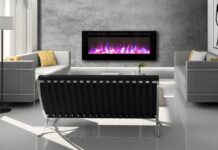


80-200
what type of camera lens is used for taking long distance images such as wild game animals
Comments are closed.